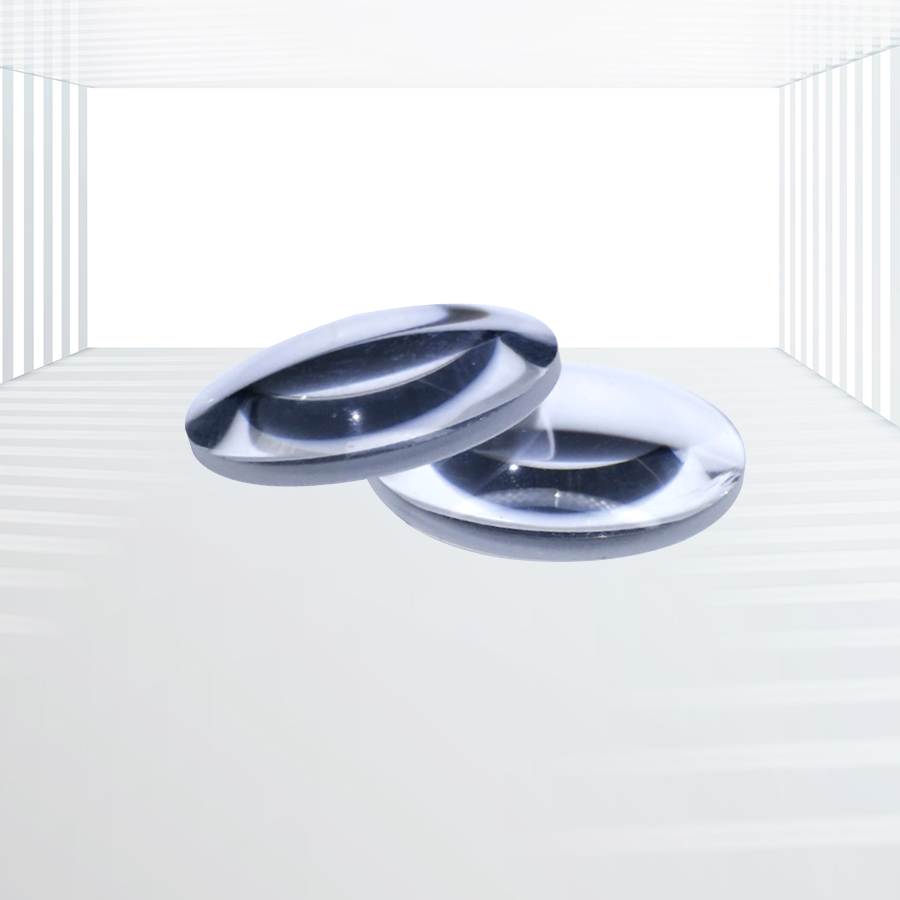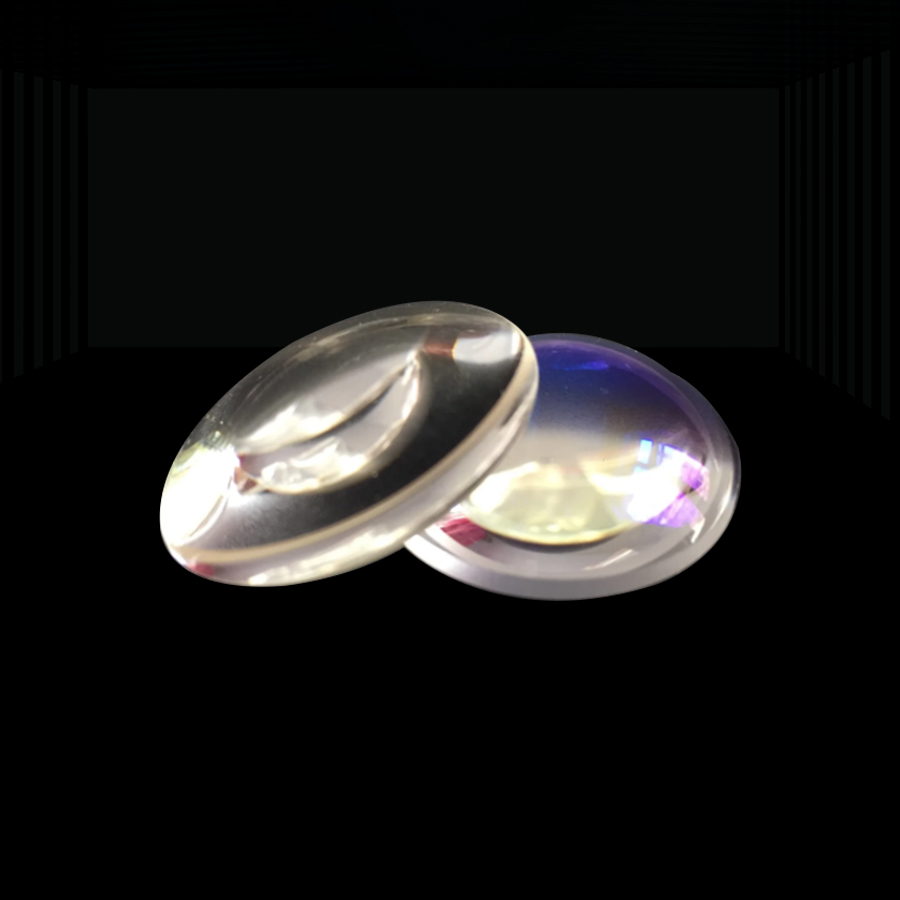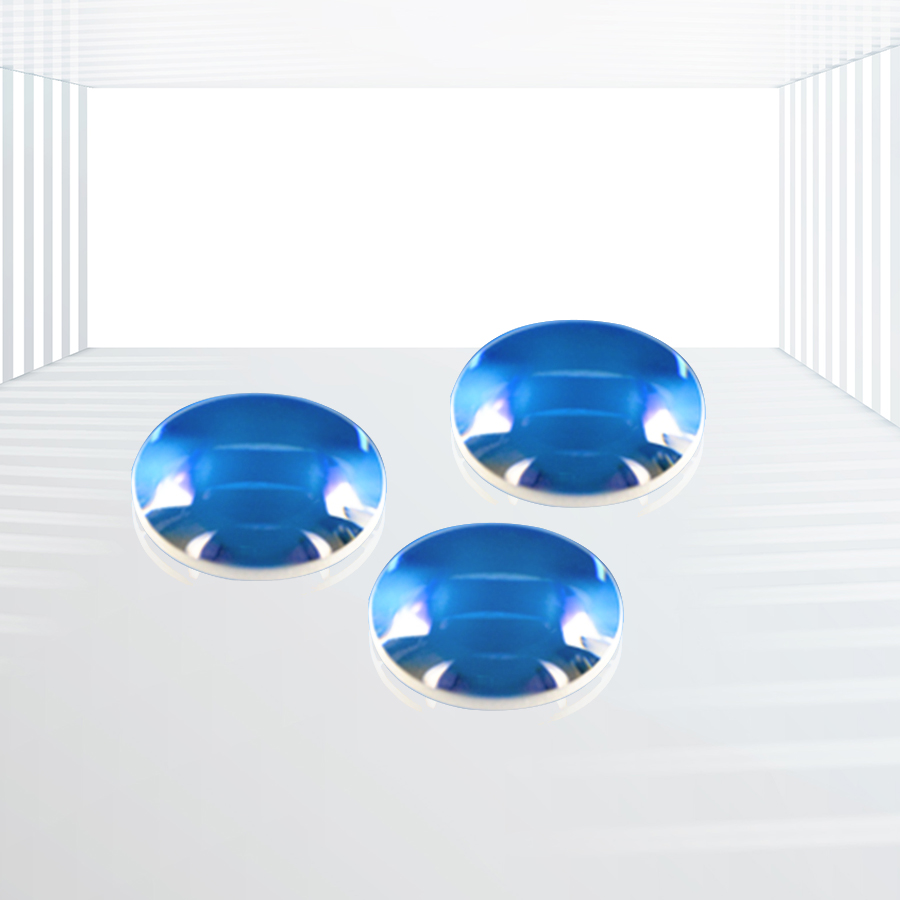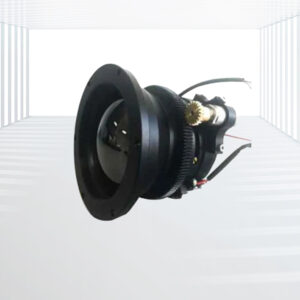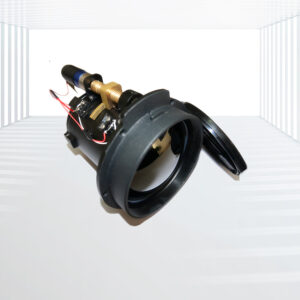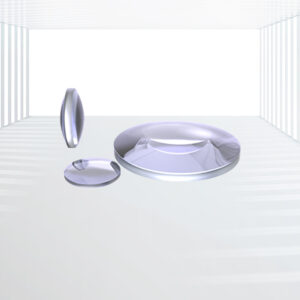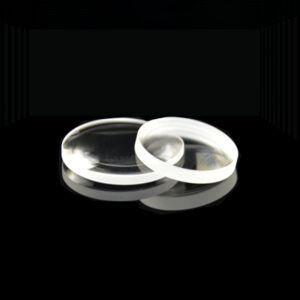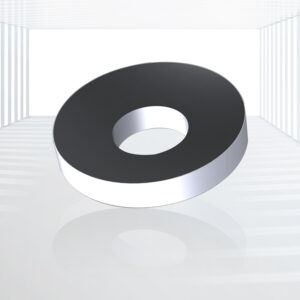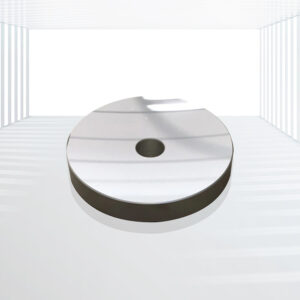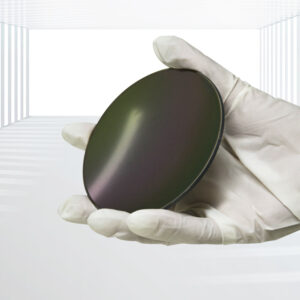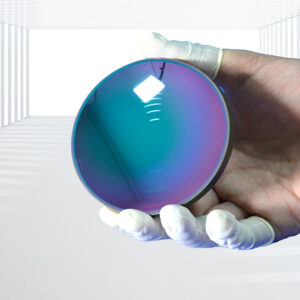Barium Fluoride (BaF2) Lenses
Broad Transmission Range: BaF2 lenses exhibit high transmission rates above 90% across a wide spectral range (0.25µm to 9.5µm), making them versatile for various optical applications.
Radiation Resistance: More resistant to high-energy radiation compared to Calcium Fluoride (CaF2), making BaF2 lenses suitable for environments with intense radiation.
High Transmission Rates: Excellent transmission properties in the UV, visible, and IR regions ensure minimal signal loss and high-quality imaging.
Thermal Imaging Applications: Often used in thermal cameras integrated with cryogenic coolers for MWIR (3-5µm) thermal imaging applications.
Applications: Thermal imaging, spectroscopy, astronomy, defense, laser systems.
Barium Fluoride (BaF2) Lenses are optical components renowned for their high transmission rates across a broad spectral range, extending from ultraviolet (UV) through visible light to infrared (IR) wavelengths (0.25µm to 9.5µm). BaF2 lenses are particularly useful in applications requiring high-energy radiation resistance and high transmission rates.
Physical and Optical Properties:
| Materials | BaF2 crystals |
| Diameter Tolerance | +0.0/-0.2mm |
| Thickness Tolerance | +/-0.1mm |
| Surface Quality | 60/40 S/D |
| Chamfer | 0.1-0.3mmx45 degree |
| Coatings | AR/AR@3-5micro |
| Transmission Range | 0.15 to 12 μm |
| Refractive Index | 1.45 at 5 μm (1) |
| Reflection Loss | 6.5% at 5 μm (2 surfaces) |
| Absorption Coefficient | 3.2 x 10-4 cm-1 @ 6 μm |
| Reststrahlen Peak | 47 μm |
| dn/dT | -15.2 x 10-6 /°C (2) |
| dn/dμ = 0 | 1.95 μm |
| Thermal Conductivity | 11.72 W m-1 K-1 @ 286 K |
| Melting Point | 1386°C |
| Hardness | Knoop 82 with 500g indenter (4) |
| Thermal Expansion | 18.1 x 10-6 /°C @ 273 K |
| Dielectric Constant | 7.33 at 1 MHz |
| Specific Heat Capacity | 410 J Kg-1 K-1 (3) |
| Density | 4.89 g/cc |
| Youngs Modulus (E) | 53.07 GPa (3) |
| Shear Modulus (G) | 25.4 GPa (3) |
| Bulk Modulus (K) | 56.4 GPa |
| Elastic Coefficients | C11 = 89.2 C12 = 40.0 C44 = 25.4 (2) |
| Apparent Elastic Limit | 26.9 MPa (300psi) (4) |
| Poisson Ratio | 0.343 |
| Solubility | 0.17g/100g water at 23°C |
| Molecular Weight | 175.36 |
| Class/Structure | Cubic CaF2, Fm3m, (111) cleavage |
Advantages of Barium Fluoride Lenses:
- Broad Transmission Range: BaF2 lenses exhibit high transmission rates above 90% across a wide spectral range (0.25µm to 9.5µm), making them versatile for various optical applications.
- Radiation Resistance: More resistant to high-energy radiation compared to Calcium Fluoride (CaF2), making BaF2 lenses suitable for environments with intense radiation.
- High Transmission Rates: Excellent transmission properties in the UV, visible, and IR regions ensure minimal signal loss and high-quality imaging.
- Thermal Imaging Applications: Often used in thermal cameras integrated with cryogenic coolers for MWIR (3-5µm) thermal imaging applications.
Applications:
- Thermal Imaging: Utilized in MWIR thermal imaging cameras, particularly those with cryogenic coolers.
- Spectroscopy: Integrated into spectroscopic instruments for analyzing materials across UV to IR wavelengths.
- Astronomy: Applied in telescopic systems for observing celestial bodies in different spectral regions.
- Defense: Used in defense applications for high-performance imaging and laser systems.
- Laser Systems: Employed in laser systems requiring high transmission and radiation resistance.
Custom Solutions:
Kingwin Optics offers a variety of custom Barium Fluoride lenses tailored to meet specific requirements. These lenses are available in different shapes, sizes, and coatings to enhance their performance in targeted applications. Kingwin Optics ensures precision and high quality in their BaF2 lenses, making them suitable for demanding optical applications.
Barium Fluoride lenses are versatile optical components ideal for a wide range of applications, from thermal imaging to spectroscopy. Their broad transmission range, high radiation resistance, and excellent transmission rates make them suitable for use in harsh environments and high-performance imaging systems. With custom solutions from Kingwin Optics, BaF2 lenses can be tailored to meet specific needs, ensuring optimal performance and reliability in various applications.

